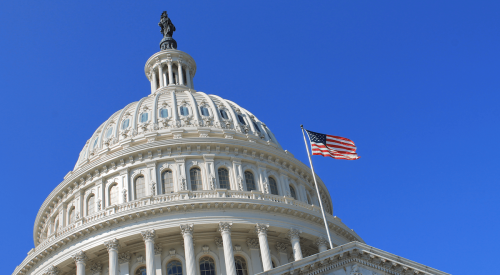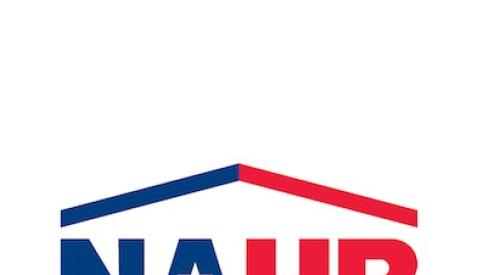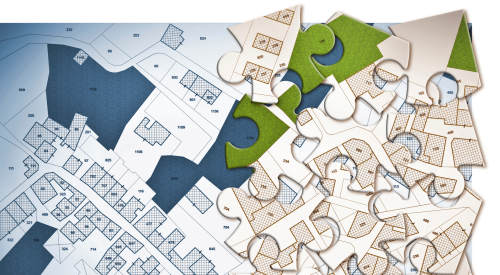When the guidelines first went into effect, the home building industry was in the midst of a recession and experiencing a serious credit crunch that dominated builders’ concerns. And, as with any new building requirement, educating all builders, architects, trade contractors and local building officials can be difficult. Information needs to be disseminated to tens of thousands of practitioners, not all of who belong to trade associations.
Furthermore, there tends to be a lot of turnover in the housing industry. There has been an estimated 20 percent turnover among multifamily builders since the guidelines were issued. The people originally trained in the fair housing guidelines more than likely are no longer there.
Unfortunately, when the Fair Housing Act was amended in 1988 to include accessibility requirements for new multifamily housing, little attention was given to how the requirements were to be implemented. Congress did not require states and localities to incorporate these requirements into local codes. Since builders generally rely on local building codes, many builders assume that when they get their building permits, they are in compliance with all applicable requirements. Making the accessibility requirements part of the local building codes would create a fail-safe mechanism.
In conjunction with the NAHB Research Center, the association is conducting a series of four-hour seminars this spring.Participants will receive the HUD Design Manual and other materials to assist in complying with the law. For more information call the NAHB Research Center’s toll-free hotline at 800/898-2842.












